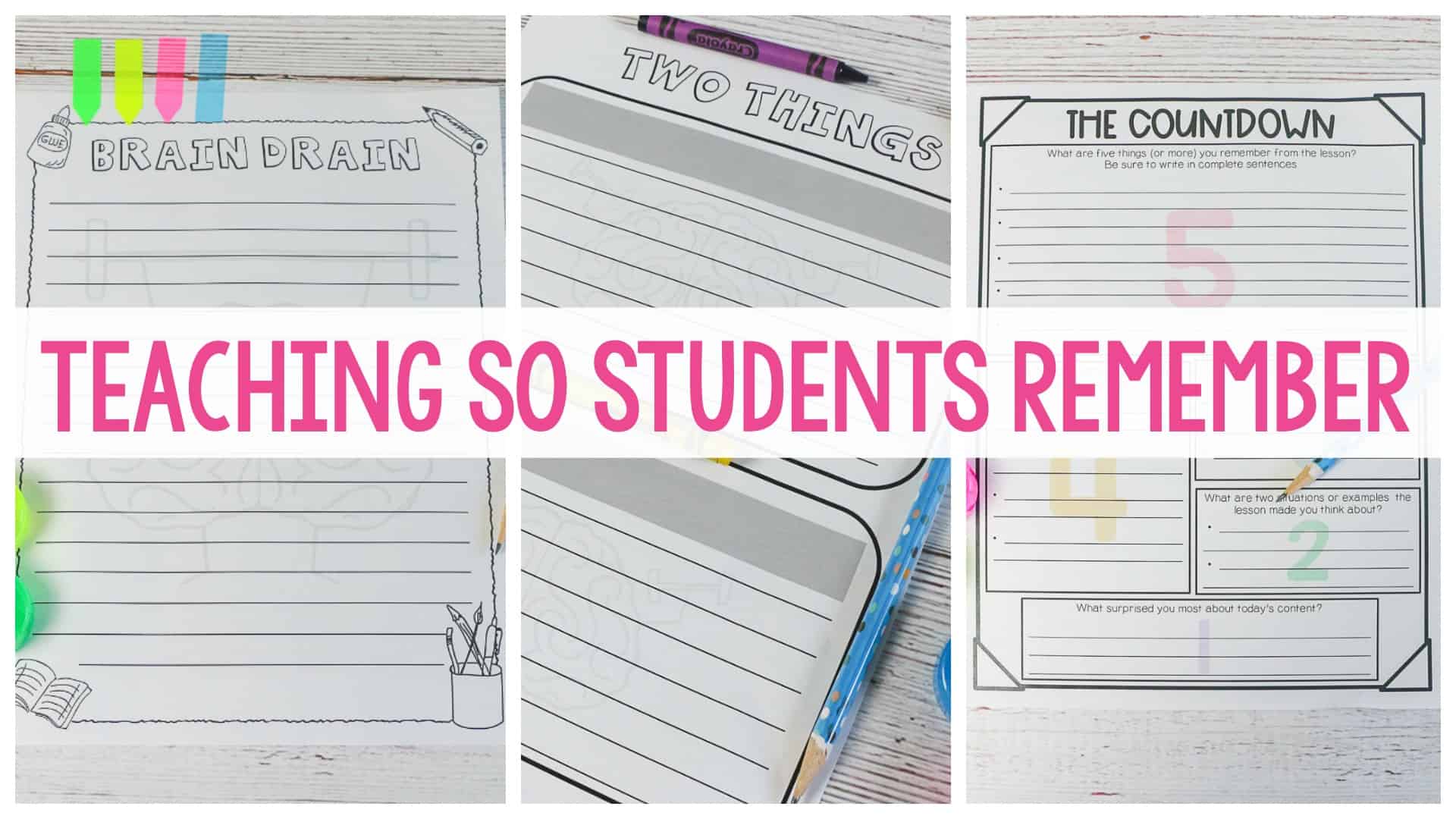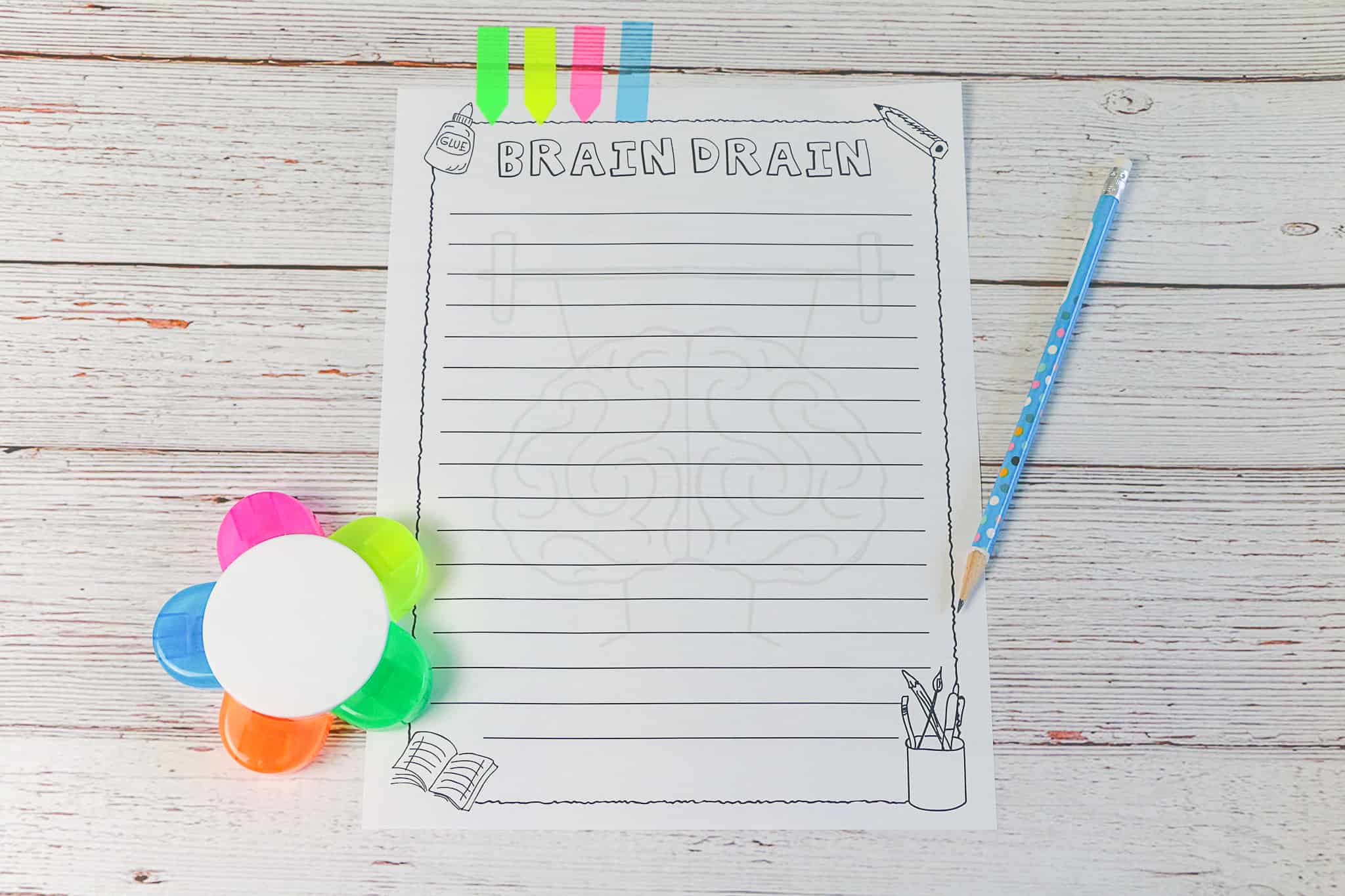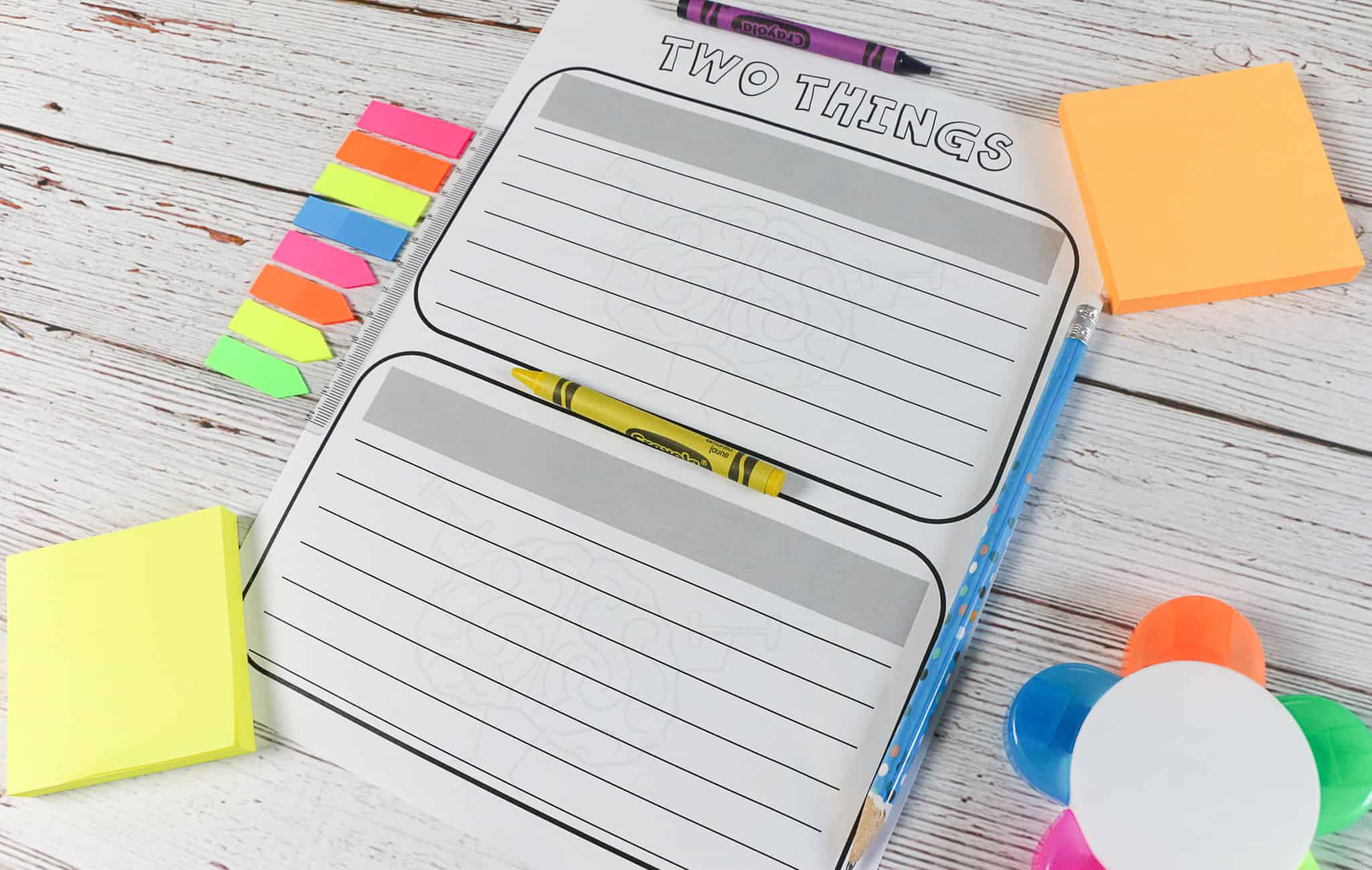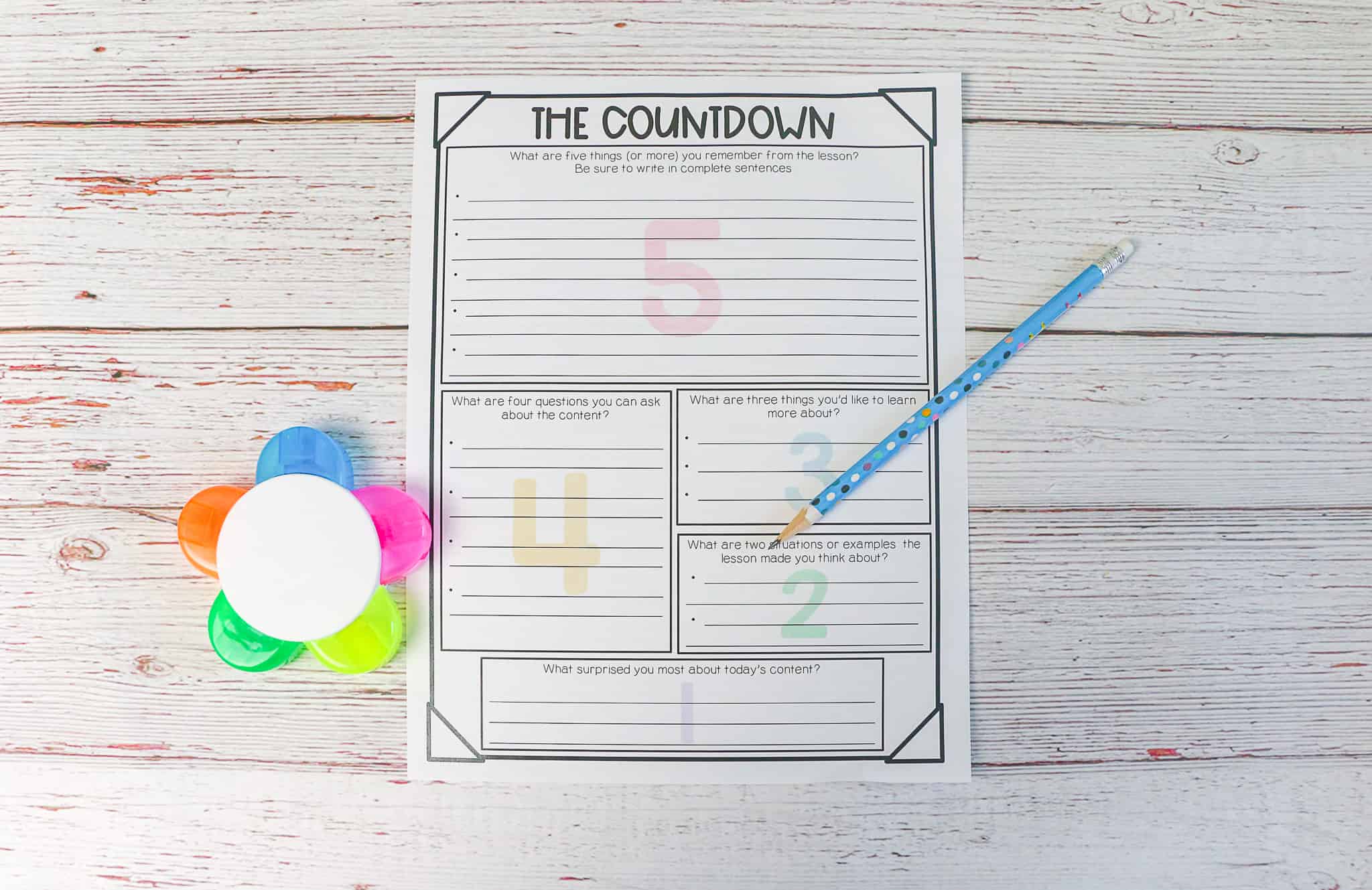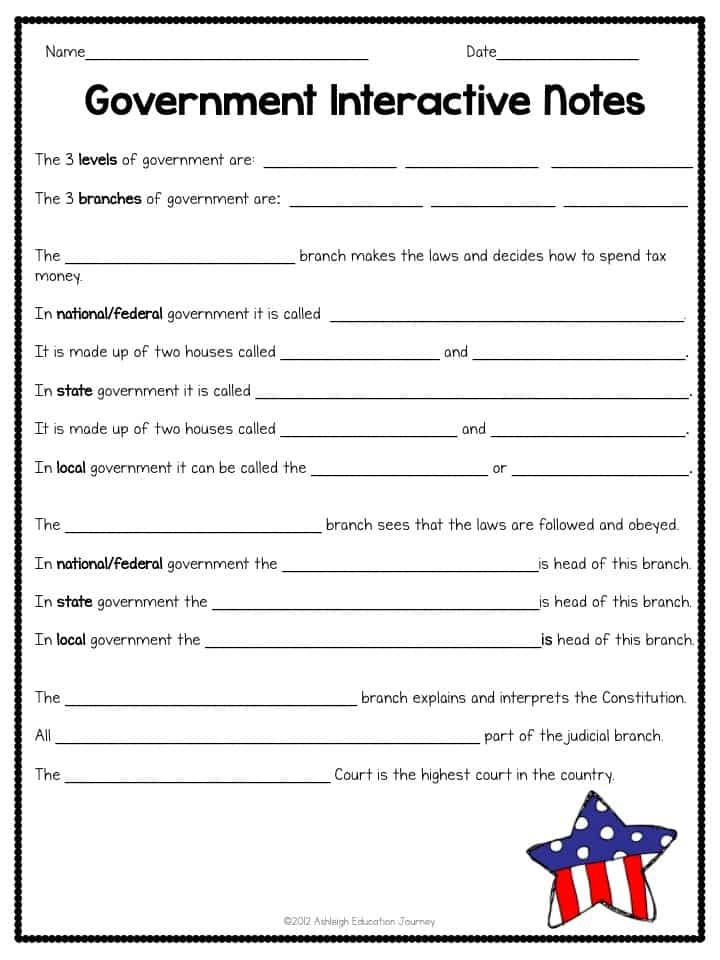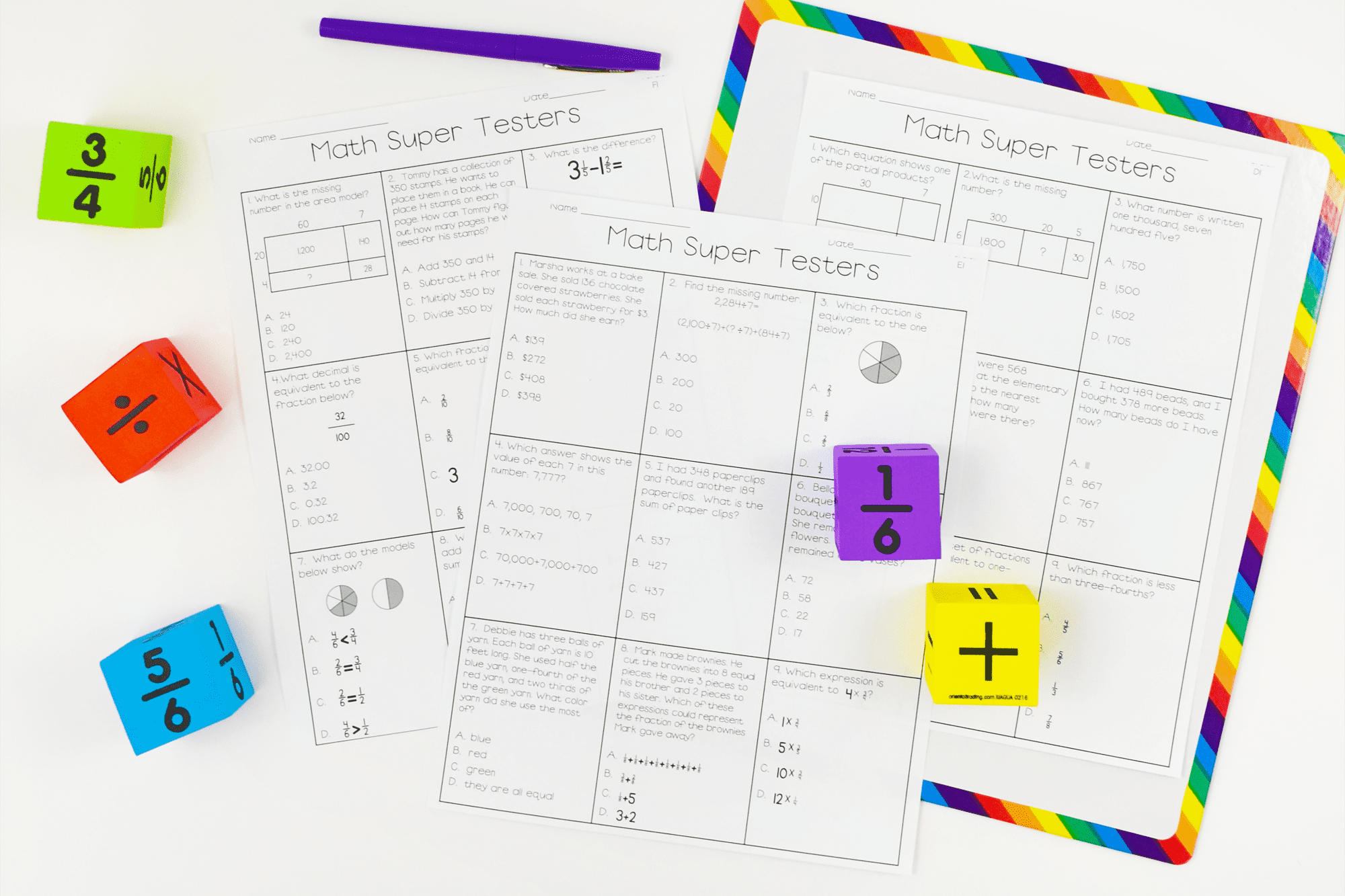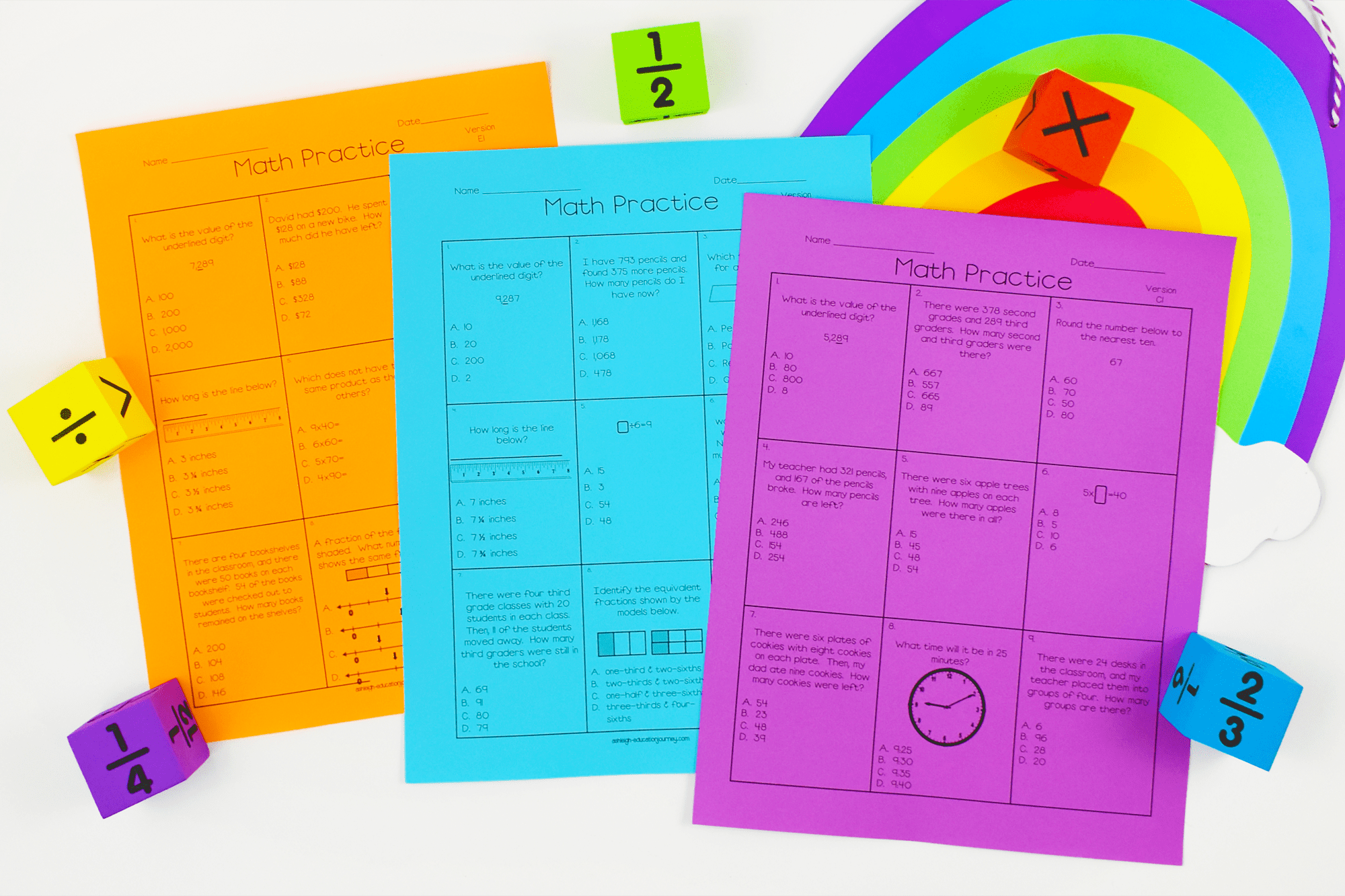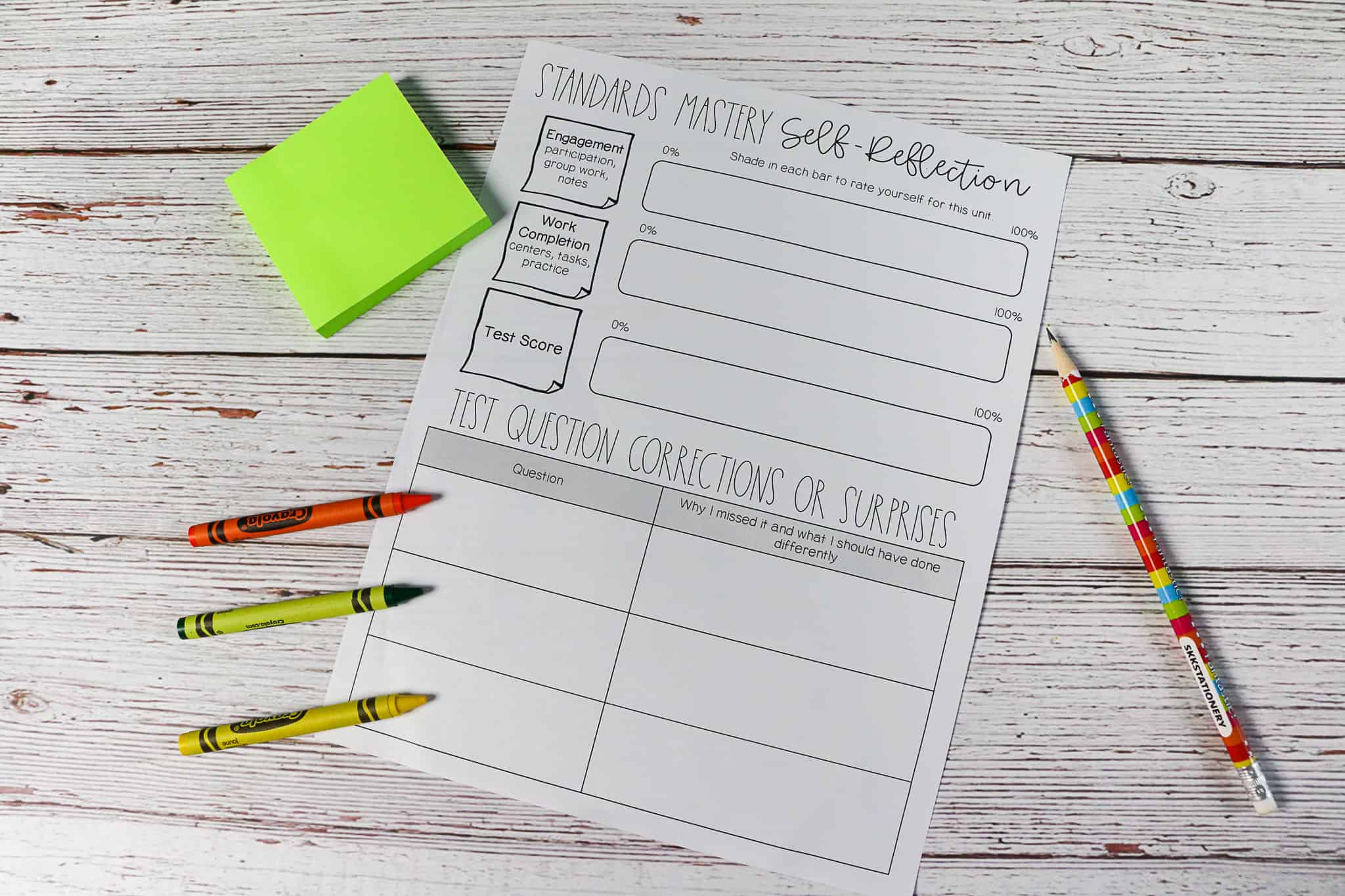I was right in the middle of grading papers during my planning when I overheard the fifth grade math teacher across the hall. Keep in mind this is a regular occurrence. I love her dearly, but she does have a tendency to get excited and…a bit…loud while teaching. She asked a student (one of mine from last year) something about area models. He responded with, “Mrs. Swinford didn’t teach us about area models last year.”
My jaw dropped to the floor. We spent weeks on area models with multiplication and division. Naturally, I had to march across the hallway and remind him that yes, I did teach about area models. Keep in mind this was all playful and we had a good relationship. After a little prompting, he did remember something about area models after all.
This isn’t isolated to just math. When I was teaching third grade, a fourth grade teacher let me know that one of my former students told her that she had never heard of a verb before. Ugh.
All of this is to say that our students forget content. Fortunately, we’ve come a long way in learning how students remember. In fact, we know that there are three stages of learning.
Three Stages of Learning:
- Encoding – when we get information in and absorb knowledge.
- Storage – where we hope that once we encode information, our knowledge sticks around.
- Retrieval – when we reach back and bring something we previously learned to mind.
Not too surprisingly, the bulk of classroom instruction centers around encoding-when we present information to our students. During this phase of instruction teachers may focus on lecture, videos, games, tasks, or read alouds. Students may reread, highlight information, play games, or review notes to study and review content. While none of these things are bad, they are part of the encoding state and lead to short-term learning.
One of the best ways to make sure students remember is to focus on the retrieval stage, rather than the encoding stage of learning. It’s important to recognize that just because students know something once doesn’t mean they will always remember it.
As you read, keep in mind that YES, learning must extend past memorization of facts. But, students’ basic understanding of information improves students’ higher-order thinking and learning, and transfer of knowledge.
Retrieval Practice is Key in Helping Students Remember What They Learn
Retrieval practice is when students bring something to mind or pull information out of their minds. This practice occurs when students recall and apply multiple examples of previously learned content or skills after a period of forgetting.
When implementing retrieval practice in the classroom, it is essential to keep the practice as a no-stakes opportunity for students. It is not an assessment. Instead, it is a learning strategy.
Brain Drain
One easy strategy to allow students to practice retrieval is a Brain Drain. As you are teaching, pause and ask students to write down everything they can remember. Then resume the activity or lesson. There is no need to collect papers, grade, or even discuss. If you love research, you can read more about this strategy. It’s technically called free-recall and is very common in brain research. This strategy boosts students learning, organization of knowledge, and reasoning.
Two Things
This is a way we can use retrieval practice to break up our lessons quickly and easily. During a lesson have students write down two things any any specific prompt: What are two things you learned so far today? What are two examples from your own life that this relates to? What are two things you’d like to learn more about? Once again, remember this is a learning strategy, not an assessment.
The Countdown
This is a way to incorporate a variety of retrieval practices. Students reflect on five things they remember from the lesson. They ask four questions about the content and share three things they would like to learn more about, which requires them to retrieve what was taught. They also think of two situations or real-life examples the content made them think of, and they write the one thing that surprised them most.
Retrieval Guides
These are extremely similar to study guides or guided notes. The difference is that students fill these out AFTER the lesson is taught, rather than DURING the lesson. Of course, after students complete the guide conduct a discussion to make sure students have the correct answers. This strategy also helps teach students how to pull out important information from reading a text.
Another thing to keep in mind during retrieval practice is that practice before a lesson helps students for short-term memory. Retrieval practice after a lesson is beneficial for long-term memory.
Spacing
Most all teachers know the importance of review spread over the course of the year. Teachers also recognize that students cannot review content for one or two days and be expected to remember and recall that content. This need for review is due to “spacing”.
Spacing is a combination of retrieval practice multiples, over time. The key to spacing is completely counterintuitive to most teachers. For the most efficient practice, students must have time to forget content. What!?!
Spacing things out and coming back to them increases learning by using forgetting. When we let time pass, students’ knowledge has time to settle. This space gives students the added benefit of savings, which is when students return to something they have learned before and experience the “aha” moment. With that savings, students’ can retrieve knowledge more fluently and quickly.
Interleaving
Interleaving is the strategy of mixing things up during spacing. It’s simply re-arranging the order of retrieval opportunities. Without interleaving, students are able to plug and chug without thinking about strategies. this is often called “blocked practice”. With interleaving practice, students must choose and retrieve the appropriate strategy for each problem. It’s also important to mix similar things or ideas that require students to carefully apply a concept. Keep in mind, having students present one concept in different ways is not an example of interleaving. Also, mixing different subjects does not increase student learning, because the content areas are too different.
Spacing and interleaving work hand-in-hand, and it’s often difficult to separate the two. Fortunately, it’s really not necessary to discern the difference. This is one of the reasons I love using my review resources. New content is added after it is taught and past content is continuously reviewed.
Feedback & Metacognition
Metacognition is often difficult for students to develop. In fact, students often think they know something, when actually, they don’t. Also, students are often overconfident when they predict their own learning.
Feedback is the absolute best tool for increasing and improving students’ metacognition.
- Students must receive feedback on correct and incorrect answers. Without that feedback, students may retrieve information they think is correct and develop a false sense of confidence. Feedback is important on correct answers, because some students may have guessed correctly and also need that affirmation. That’s one of the main reasons I added “Or Surprises” to the assessment reflection form.
- Both immediate and delayed feedback benefit students. One of my favorite ways to incorporate both is by going over answers on a review together. That provides immediate feedback. Then, the following day, I pull small groups based on the review’s data and we go in further detail on the problems students missed.
More than likely these are all things you already do in your classroom. I have found that I need to be intentional in adding these strategies to my plans, because it’s easy to skip over some of these steps. To help you out, I’ve included a free download of several of the pages shown above. Download your copy here.
What are other strategies you use in your classroom to encourage retrieval and spacing?

